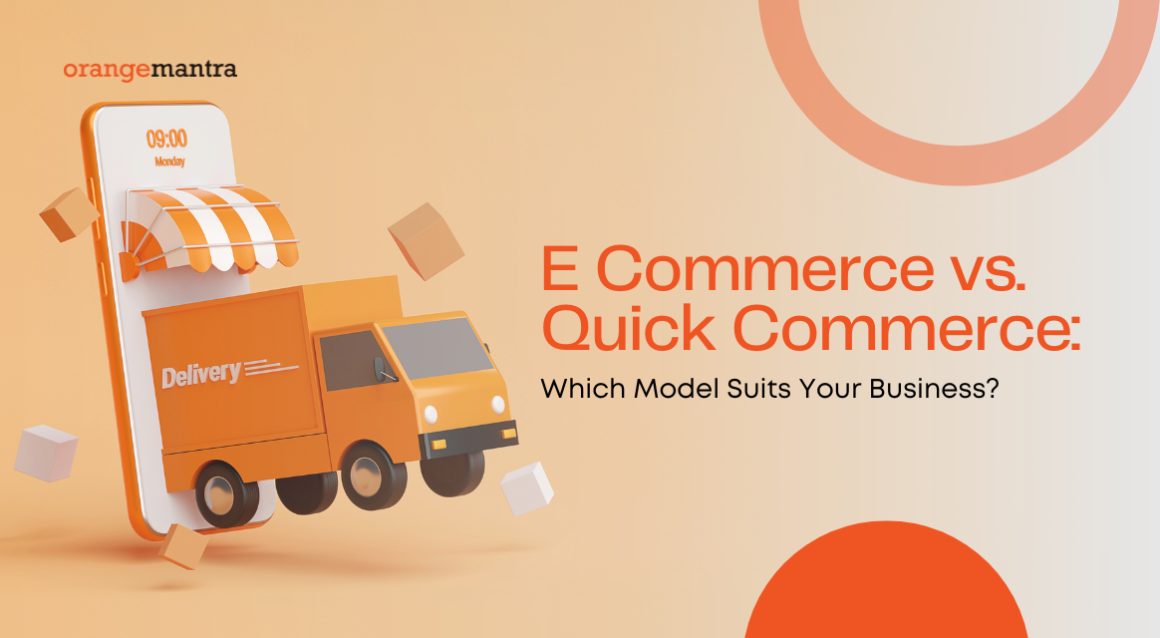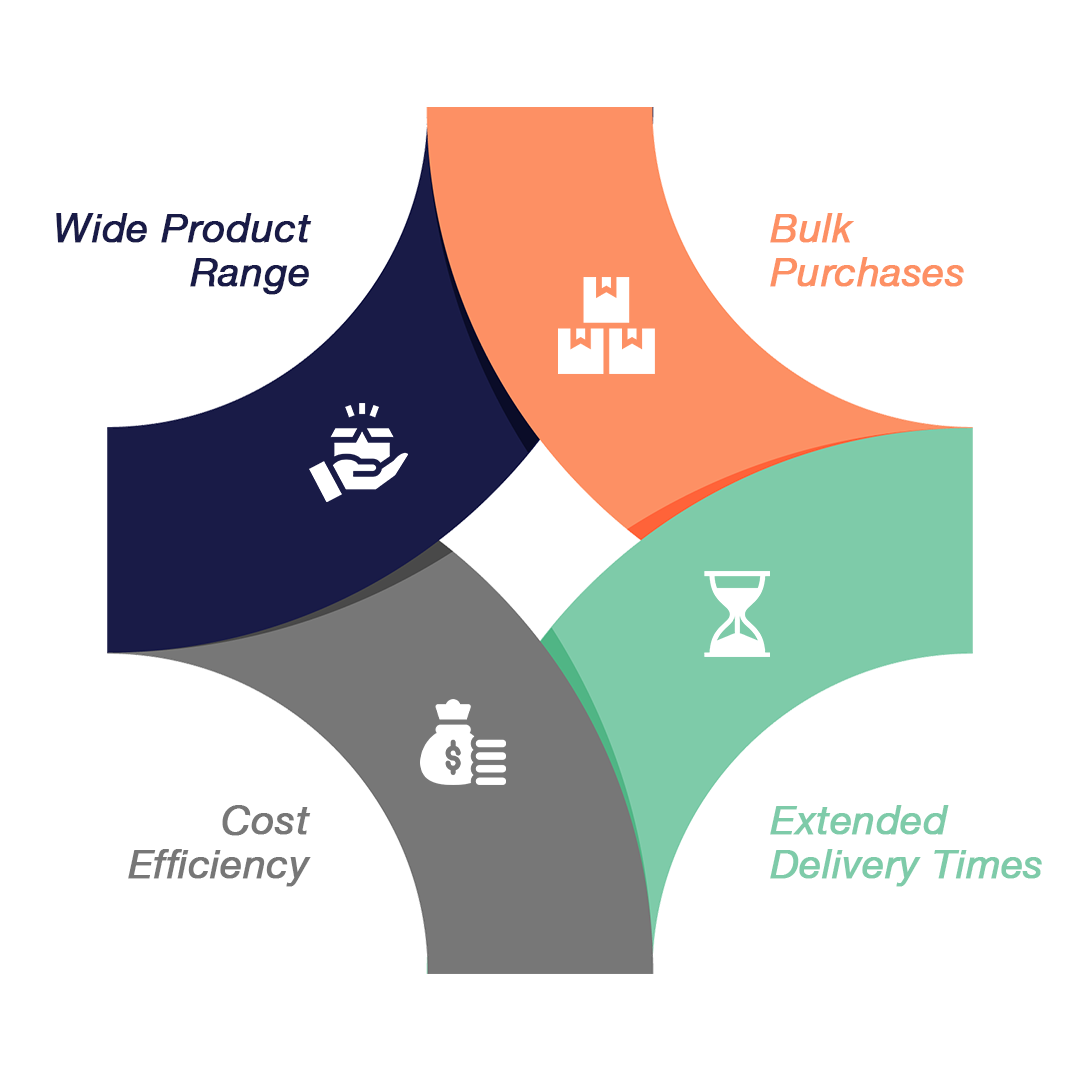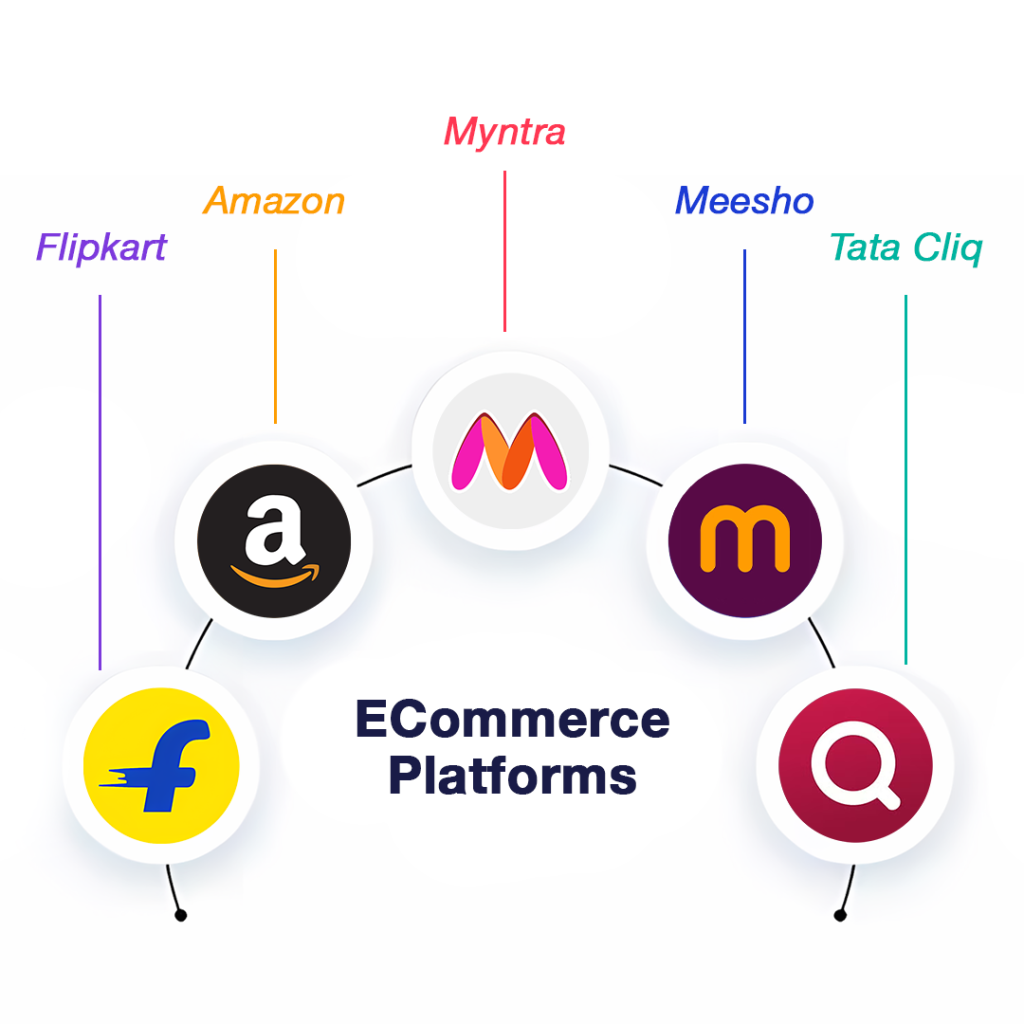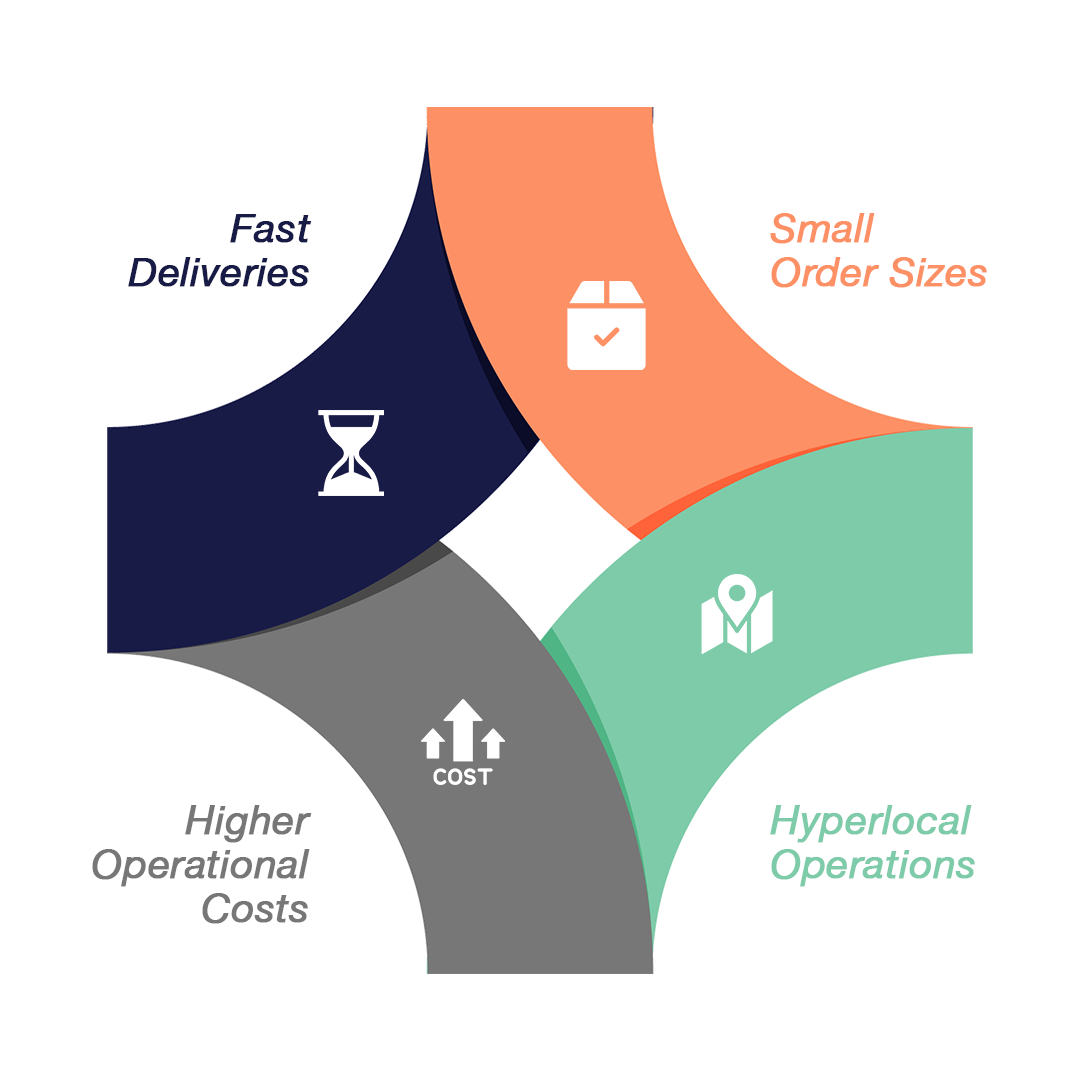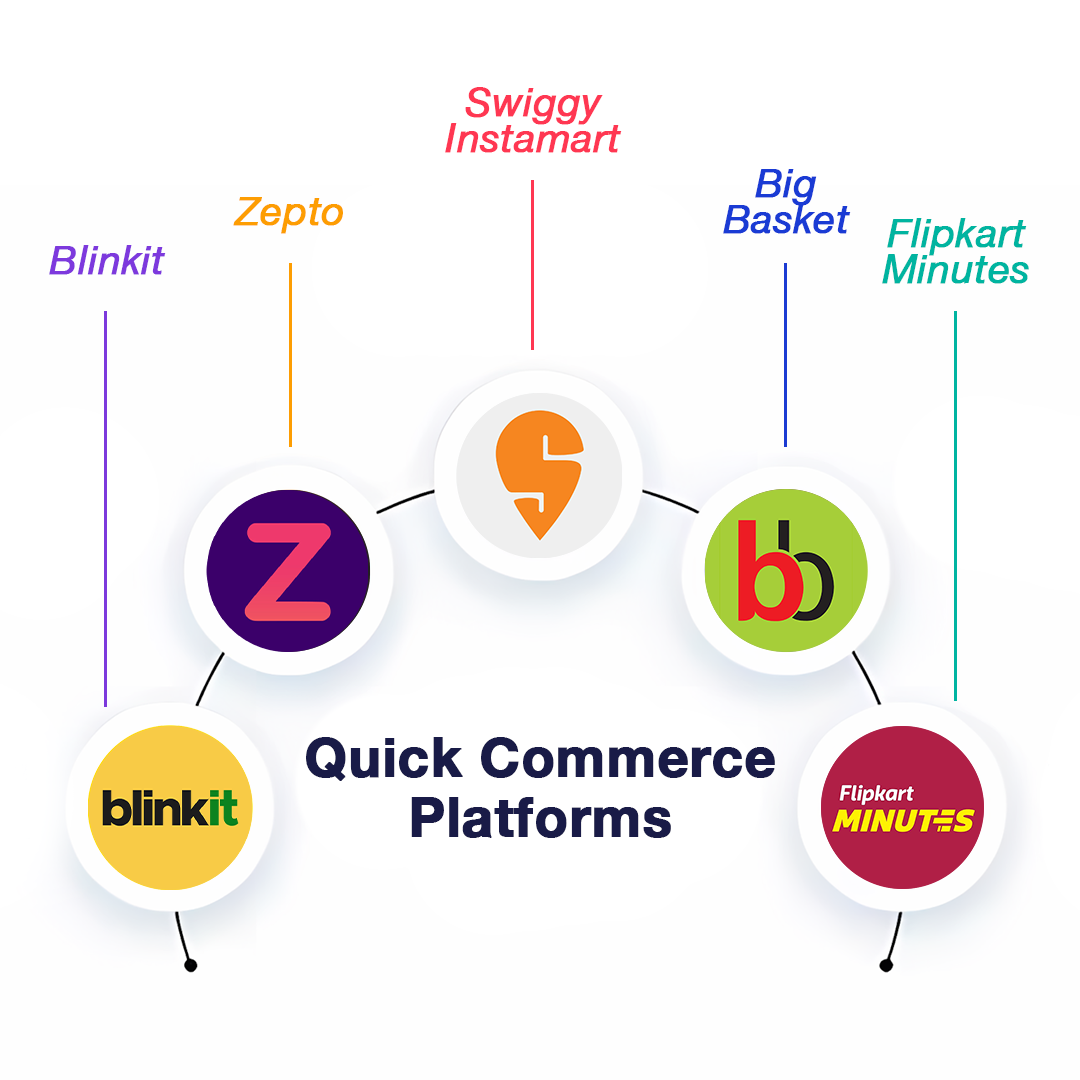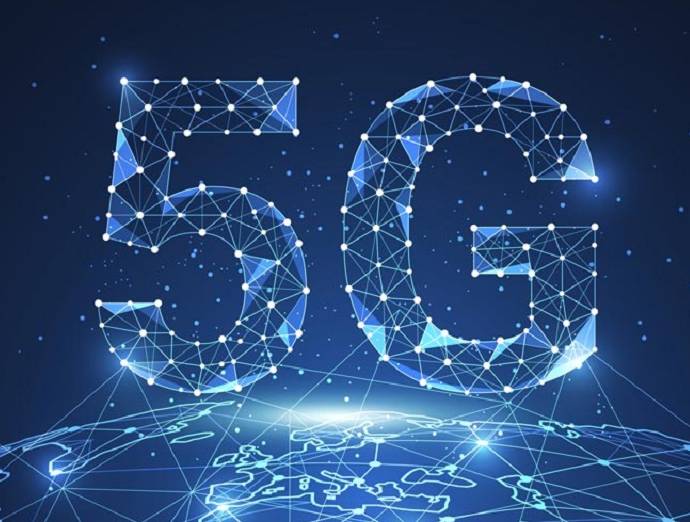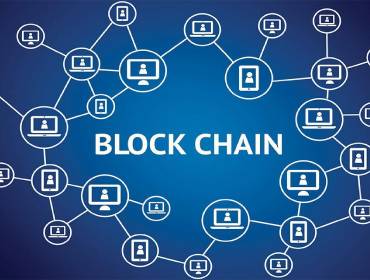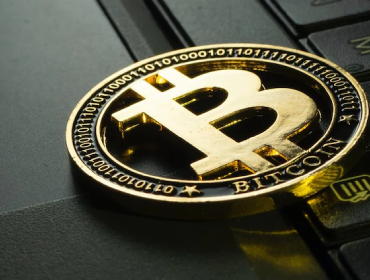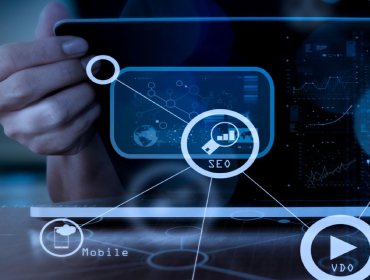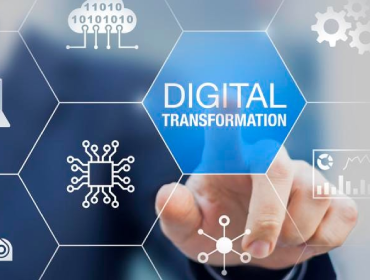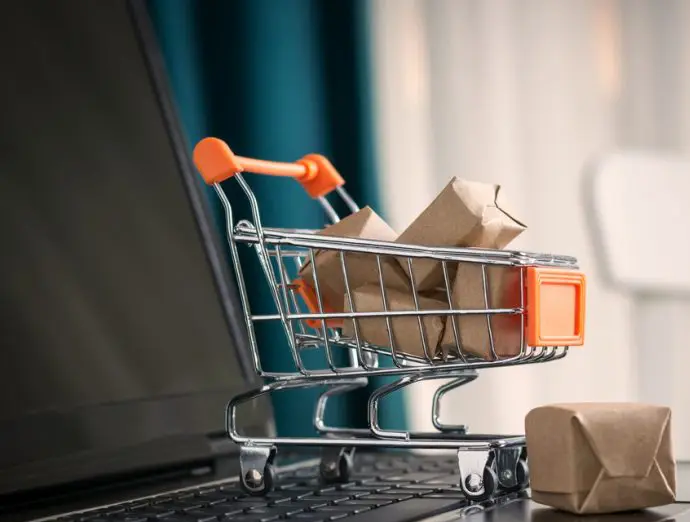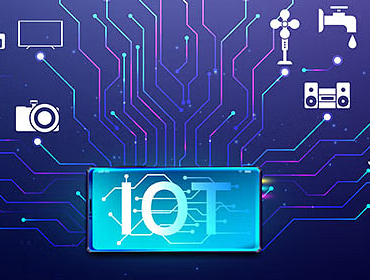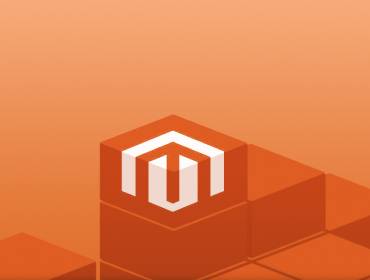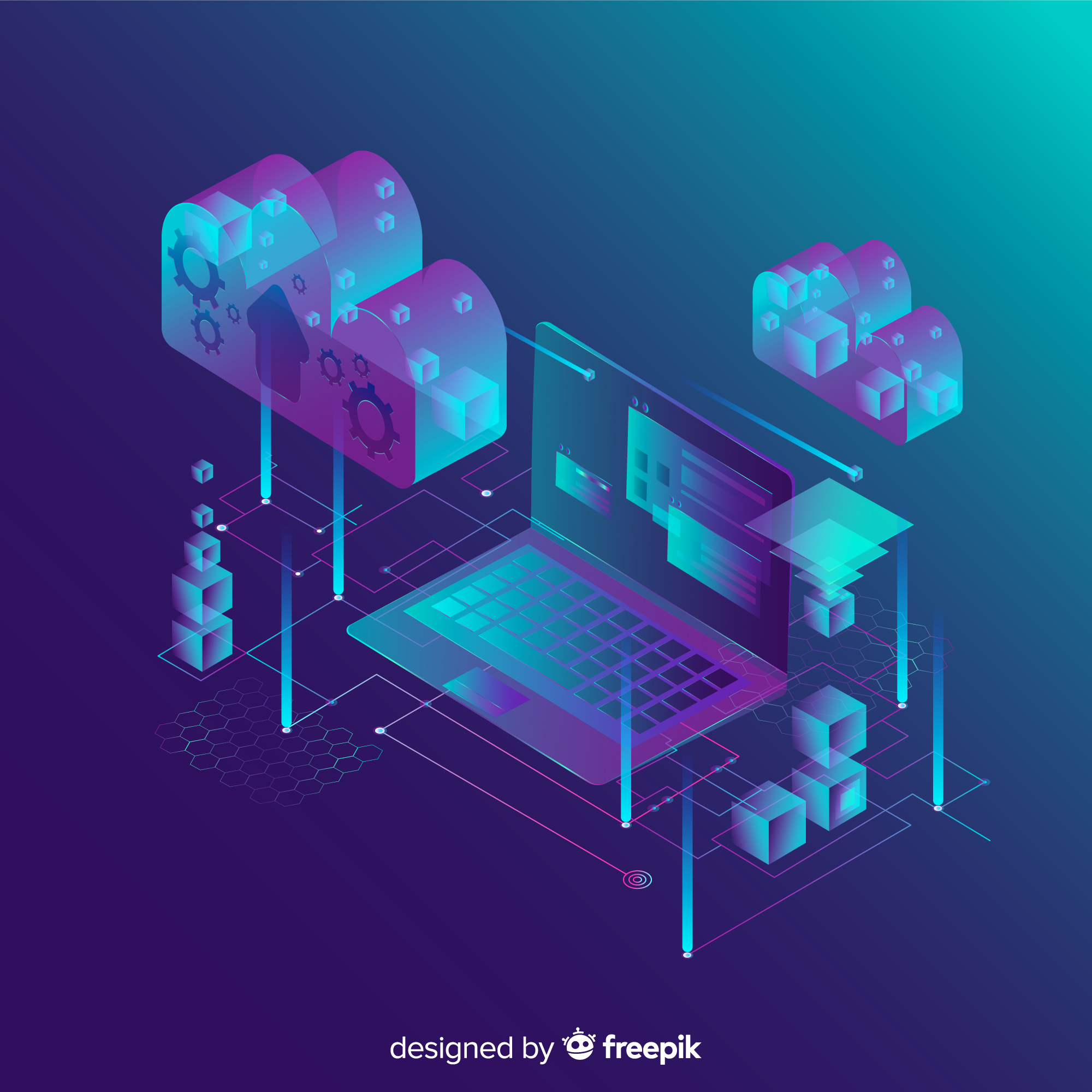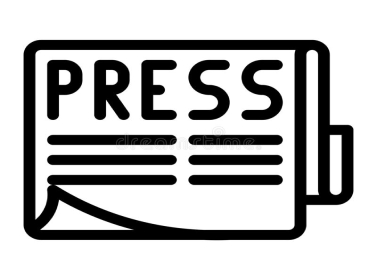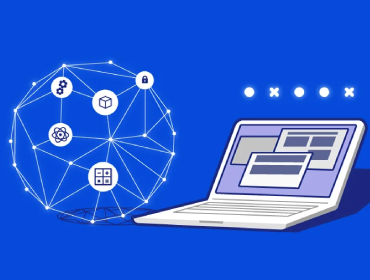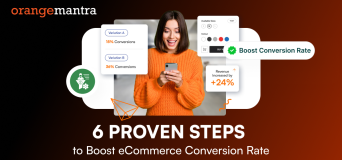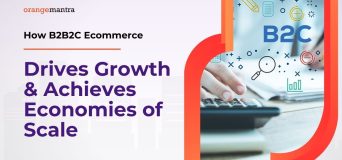Do you also agree with Robert Collier’s saying: “Supply always comes on the heels of demand”?
Many of you must have noticed that demand generally comes first. It is the driving force behind the creation of supply. Producers only create goods and services that have high demand in the market.
That’s why, for instance, you may have seen the prices of eggs rise during winter due to increased demand. You might be wondering what this has to do with an article on ecommerce vs quick commerce. Well, it has a lot to do with it.
When you plan to launch your business online, whether on ecommerce or quick commerce platforms, you must consider factors such as the products you are offering, the market you are targeting, the demand you are catering to, and similar aspects.
We have provided our services in the retail and logistics sectors over the years and have witnessed how choosing the right model can make or break a business.
That’s why we believe this topic is highly important and should be understood by every entrepreneur who is unsure about taking their business into eCommerce or quick commerce.
Understanding E-Commerce
We don’t think eCommerce needs any definition after its huge popularity and a market projected to reach USD 21.22 trillion by 2030 (Source: Mordor Intelligence). But still, let’s understand it in the simplest terms.
We all make purchases via the internet, right? This process of selling or buying products online without visiting a physical store is known as eCommerce.
All you need to do is open an app, scroll or search through products, make a payment, and within a few days, the product gets delivered to your doorstep.
So, by definition, does that mean quick commerce falls under eCommerce?
Well, yes. Quick commerce is actually a type of eCommerce; however, their business models differ significantly.
4 Main Characteristics of ECommerce
1. Wide Product Range:
You can offer a diverse selection of products from electronics to clothing on the ecommerce platform.
2. Bulk Purchases:
Most of the time customers place large orders due to lower per-unit costs and bundled discounts.
3. Extended Delivery Times:
Shipping can take days or weeks. It depends on location, logistics, and sometimes on your plan (Prime customers generally get delivery fast).
4. Cost Efficiency:
Lower overhead costs as businesses operate without maintaining physical storefronts.
Advantages of E Commerce
- Ideal for businesses with broad geographic reach.
- Lower operational costs compared to brick-and-mortar stores.
- Greater inventory variety and bulk purchasing benefits.
Disadvantages of E Commerce
- Longer delivery times can lead to customer dissatisfaction. On average it takes 5 to 7 days.
- Higher competition. It requires strong marketing strategies to succeed.
- Warehousing and logistics challenges, especially for international shipping.
Understanding Quick Commerce
Quick Commerce or also called Q-Commerce is a subcategory of ECommerce. The focus of quick commerce is on-demand, rapid delivery. It means delivering product within 10 to 60 minutes. This model thrives on local fulfillment centers and smart logistics to cater to immediate consumer needs.
4 Main Characteristics of Quick Commerce
1. Fast Deliveries:
This is the main philosophy behind quick commerce. Orders are fulfilled within minutes to a few hours.
2. Small Order Sizes:
Customers generally order essentials in limited quantities.
3. Hyperlocal Operations:
Businesses rely on nearby warehouses or dark stores for quick dispatch.
4. Higher Operational Costs:
This model requires efficient supply chain management and advanced last-mile delivery systems.
Advantages of Quick Commerce
- Increased customer satisfaction due to ultra-fast deliveries.
- Best for essentials, groceries, and daily-use products.
- Higher order frequency as consumers relies on convenience.
Disadvantages of Quick Commerce
- High logistics and warehousing costs for maintaining rapid delivery speeds.
- Limited product selection compared to traditional E-Commerce.
- Scalability challenges due to geographic constraints.
Difference Between Ecommerce and Quick Commerce
E-Commerce caters to customers looking for variety and cost savings. On the other hand, Quick Commerce thrives on speed and convenience. You need to assess your target audience’s priorities before choosing a model.
| Aspects | Ecommerce | Quick Commerce |
| Delivery Speed | 2-7 days | 10-30 minutes |
| Product Range | Wide variety | Limited to essentials |
| Operational Costs | Lower for bulk orders | Higher due to last-mile delivery |
| Target Audience | Global, diverse | Urban, time-sensitive |
| Scalability | Highly scalable | Limited to urban areas |
Which Model Suits Your Business?
The real question is actually to you: eCommerce vs Quick Commerce – which one is right for you?
No one can answer this better than you because you understand your business objectives and audience best.
For E-Commerce:
- Best for businesses with a wide product range.
- Ideal for companies targeting a global audience.
For Quick Commerce:
- Best for urban-focused businesses selling essentials.
- Ideal for companies with access to advanced logistics.
Hybrid Approach:
Some businesses also integrate both strategies. They offer standard E-Commerce for larger orders while incorporating Quick Commerce for urgent purchases. Examples:
- Amazon Prime Now – Fast deliveries alongside traditional E-Commerce.
- Walmart Express Delivery – Mixing bulk orders with rapid fulfillment.
Our Proven ECommerce Services
TVS Motor Company wanted to boost their online presence to sell its merchandise globally. They partnered with us. We provided them with an easy to navigate online platform where they could sell their products.
The automated inventory management and personalized shopping features improved customer engagement for our client. Within the first quarter of launch, TVS saw a 25% increase in sales and a 35% rise in successful transactions.
Read the full case study: Custom E-commerce Solution for Selling TVS Merchandise and Accessories
Conclusion
E-Commerce and Quick Commerce serve different purposes in the digital marketplace. Traditional ECommerce offers variety and cost efficiency whereas Quick Commerce relies mainly on speed and instant gratification.
To determine the right fit for your business between e commerce vs quick commerce: – evaluate product type, target audience, and operational capabilities. A hybrid approach can also offer the best of both worlds.
Quick commerce in India is still in its early days. There is so much to explore.
You can analyze your competition, identify gaps in the market, and set an eCommerce or quick commerce example for others to follow.
Are you ready to optimize your business model? Analyze your market and choose the commerce strategy that best aligns with your growth objectives.
FAQs
What is the difference between e commerce vs quick commerce?
The major difference between e commerce vs quick commerce is the speed of delivery. Quick commerce focuses on ultra-fast deliveries usually within minutes or hours. Ecommerce operates on standard delivery timelines ranging from days to weeks. Quick commerce caters to instant needs. Ecommerce supports a broader range of products with flexible shipping options.
What is the meaning of quick commerce?
Quick commerce refers to the rapid delivery of goods. Most of the time, it’s within minutes or hours. Q Commerce focuses on convenience and instant customer needs. It is commonly used for essentials like groceries, medicines, and daily necessities.
How to build a quick commerce app?
If you want to build a quick commerce app, start with a user-friendly mobile interface. Enable real-time inventory tracking and AI-driven recommendations. Integrate secure payment gateways, multiple checkout options, and instant refunds. You should also focus on other aspects as well such as 24/7 support to boost engagement. Contact our ecommerce development company and get the best quick commerce app.
Which are the best quick commerce companies in India?
Blinkit, Zepto, Swiggy Instamart, and BigBasket are some popular quick commerce companies in India.
